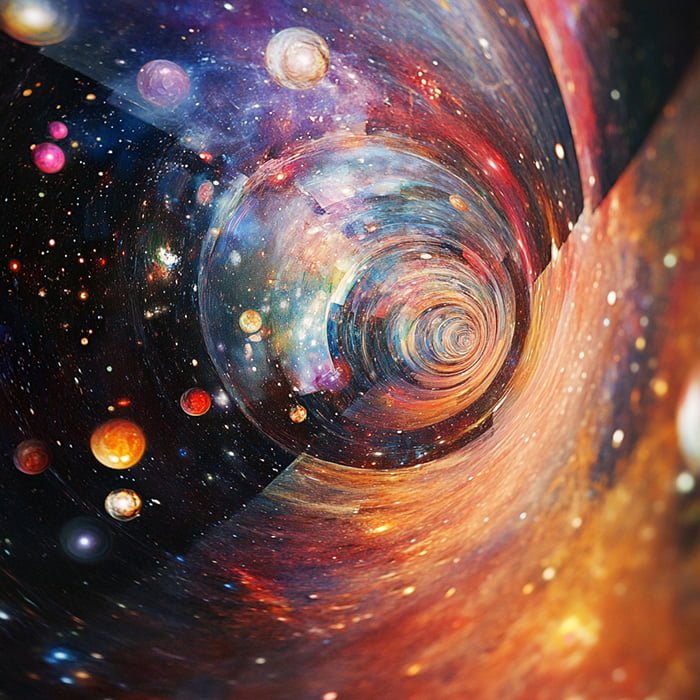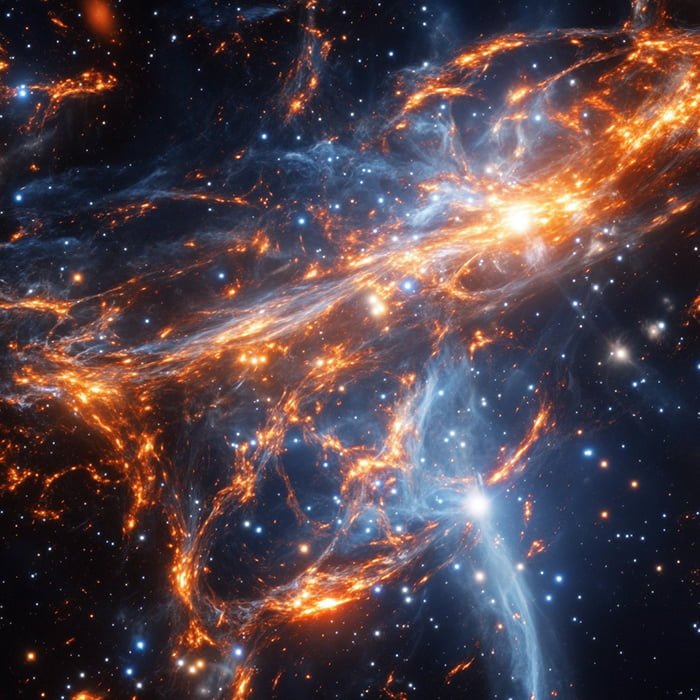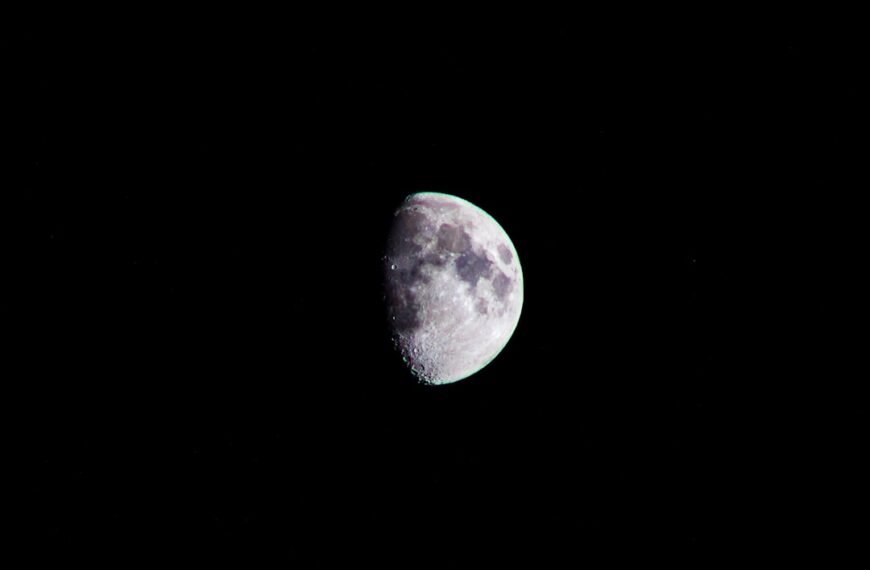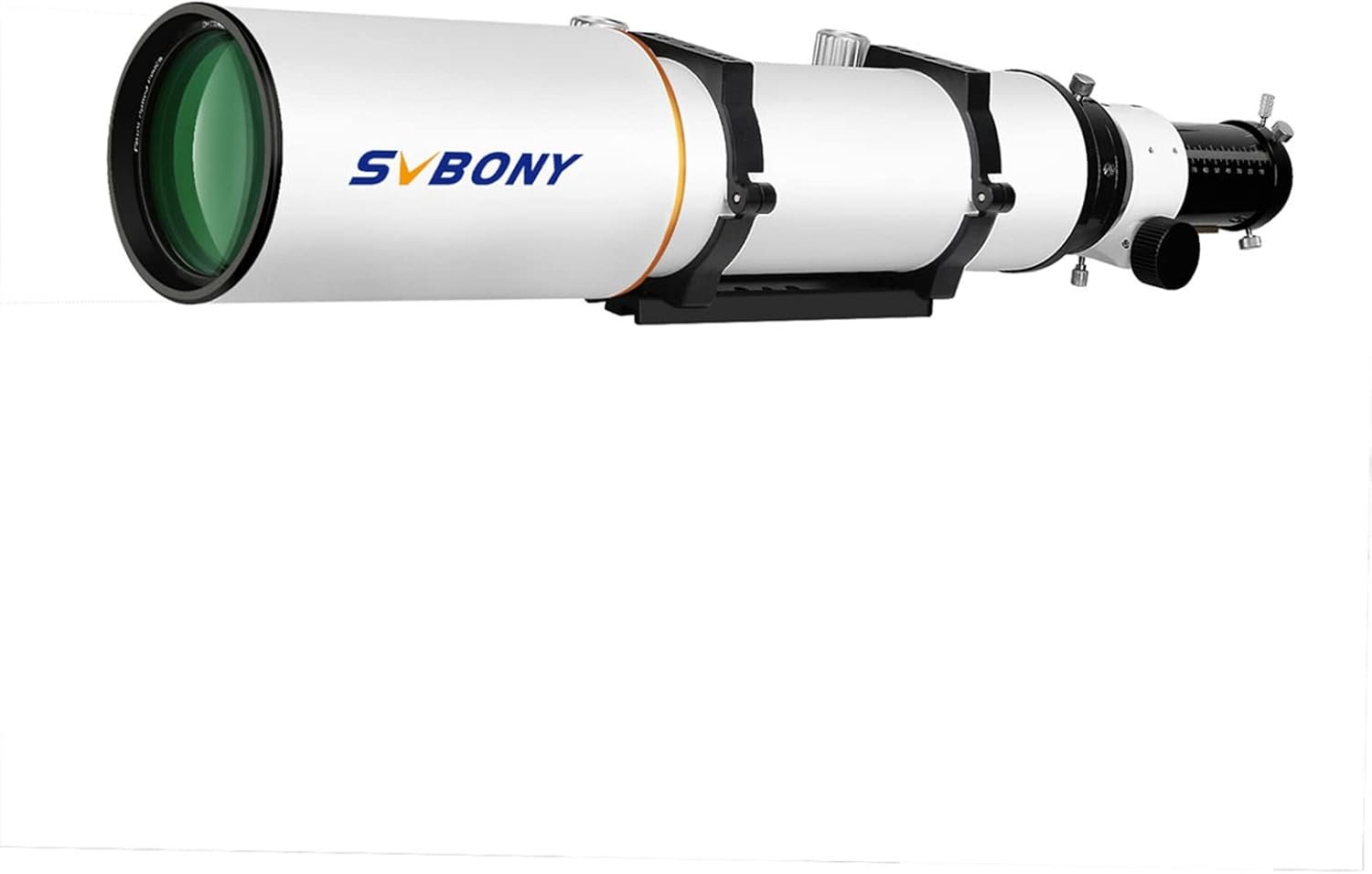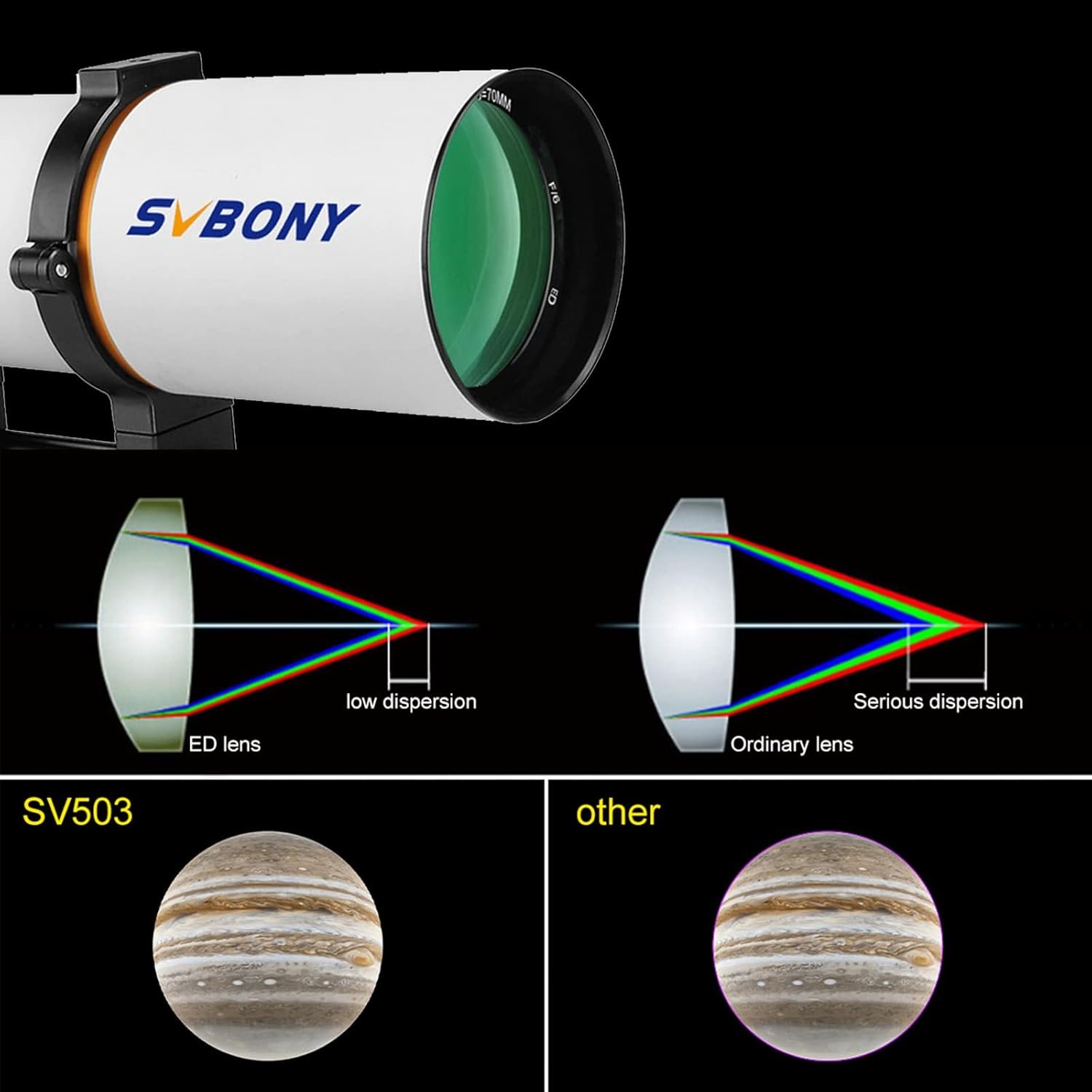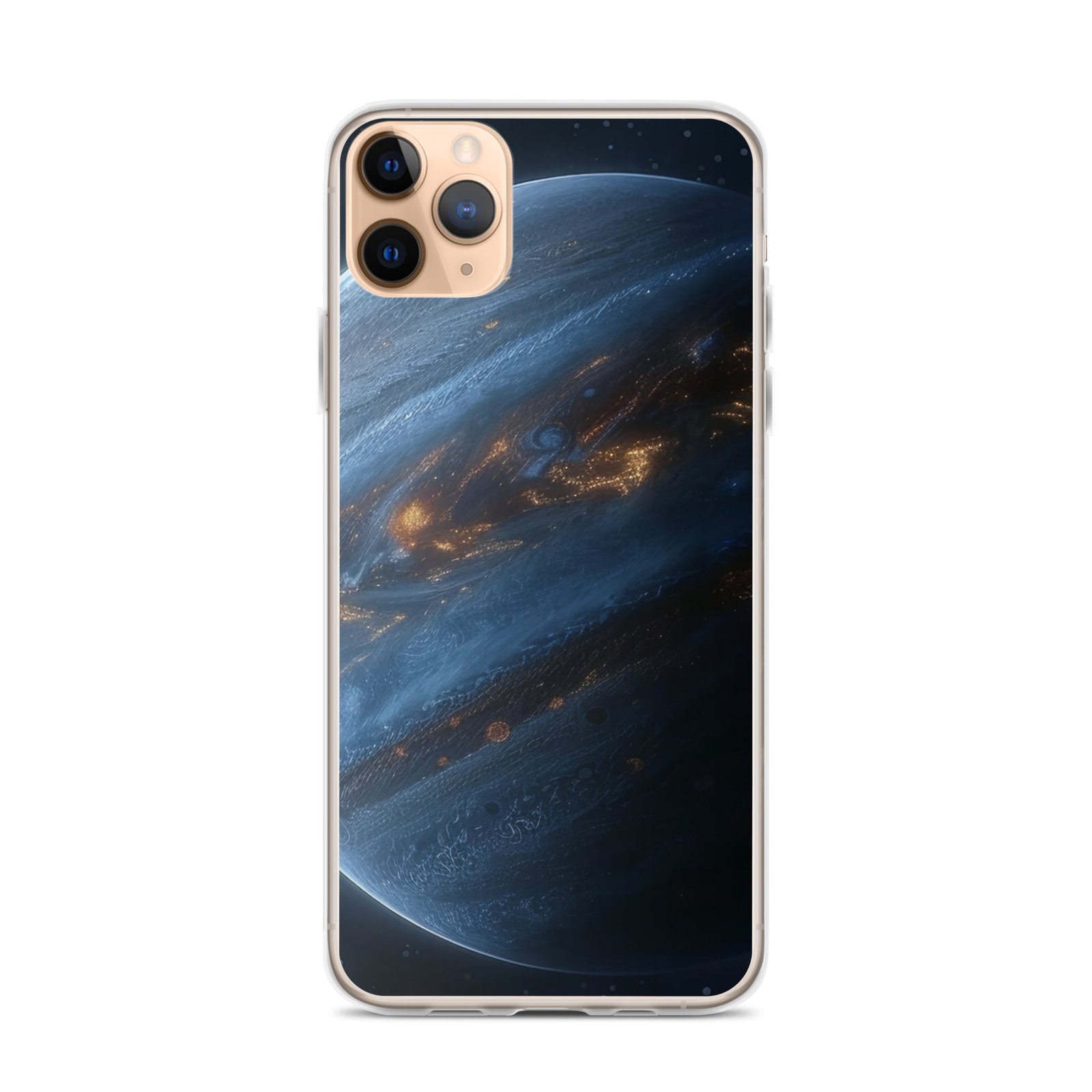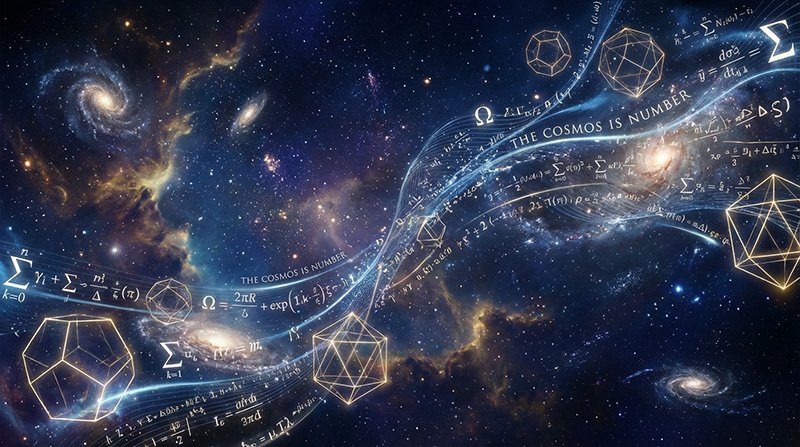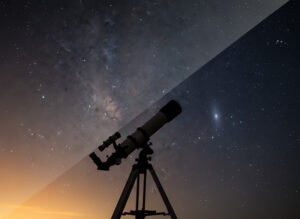Exploring parallel universe theory reveals captivating ideas in physics and philosophy, questioning our existence and reality’s complexity.
Key Takeaways 📝
- Mind-Bending Concepts: The parallel universe theory challenges our understanding of existence, suggesting that countless alternate realities may coexist alongside our own.
- Startling Statistics: Recent studies in quantum mechanics suggest that every quantum event could spawn a new universe, leading to a potentially infinite number of realities.
- Contrarian Viewpoint: While many celebrate the allure of the multiverse, some scientists argue that its complexity could detract from simpler, more testable theories about our universe.
- Real-World Implications: Insights from quantum computing may provide indirect evidence supporting parallel universes, potentially reshaping technology and our understanding of reality.
- Core Message: The pursuit of understanding parallel universes not only deepens our grasp of physics but also invites philosophical questions about identity, free will, and the nature of existence itself.
The allure of the parallel universe theory has captivated minds across disciplines, from theoretical physics to the realms of science fiction. The idea that there might exist other universes beyond our own, each with its own unique laws of physics, histories, and even versions of ourselves, is both dizzying and exhilarating. In this report, we explore recent developments in the parallel universe theory, examine the scientific evidence supporting it, and consider critiques and challenges to its validity. This journey through the cosmos, both real and speculative, offers a glimpse into one of the most profound questions in scientific thought: Are we alone in the universe, or is reality far more complex and layered than we’ve ever imagined?
Recent Developments in Parallel Universe Theory
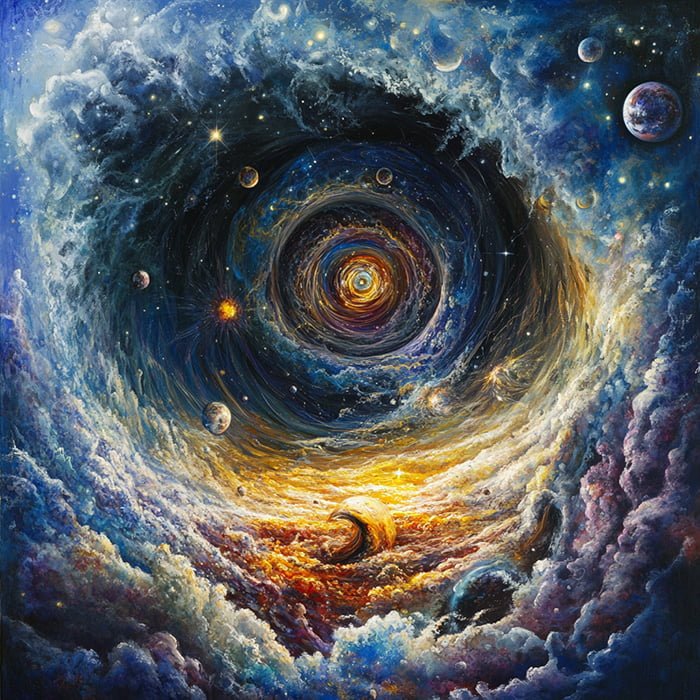
Expanding the Multiverse
In recent years, the exploration of parallel universes has shifted from the fringes of theoretical physics to a more mainstream scientific inquiry. With advances in cosmology and quantum mechanics, researchers are increasingly able to propose more refined and testable hypotheses about the multiverse. For instance, the introduction of string theory and M-theory has added new dimensions to the discussion, literally and figuratively. These theories suggest that our universe is but one of many, each potentially existing in its own form of spacetime or even higher-dimensional space.
Quantum Computing and Parallel Universes
Quantum computing has also brought the concept of parallel universes into sharper focus. The potential of quantum computers to perform complex calculations by existing in multiple states at once echoes the many worlds interpretation (MWI) of quantum mechanics. This interpretation proposes that every quantum event spawns a new universe for each possible outcome. As quantum computing technology advances, it may offer more indirect evidence of the MWI, thus supporting the parallel universe theory.
Cosmic Observations
Astrophysical observations have also played a role in recent developments. The study of cosmic microwave background radiation, a relic from the Big Bang, suggests anomalies that some physicists speculate could be the result of gravitational influences from other universes. Although these ideas remain speculative, they are driving more detailed investigations into the fabric of our universe and its potential connections to others.
Scientific Evidence Supporting Parallel Universe Theory
Cosmic Inflation and the Multiverse
One of the most compelling pieces of evidence for the parallel universe theory comes from the concept of cosmic inflation. Proposed by physicist Alan Guth in the early 1980s, inflation theory suggests that the universe underwent an exponential expansion in its early moments. If inflation occurred, it might have happened not just once but many times, in many places, each time creating a new “bubble” universe. Our universe would be just one of these bubbles, floating in a vast sea of other universes, each potentially with its own physical laws.
Quantum Mechanics and the Many Worlds Interpretation
Quantum mechanics serves as a foundational pillar for the parallel universe theory. Within this framework, the famous thought experiment known as Schrödinger’s cat illustrates the strangeness of quantum superposition: until observed, a system can exist in multiple states simultaneously. The Many Worlds Interpretation, introduced by physicist Hugh Everett III in 1957, posits that all possible outcomes of quantum measurements are realized in some “world” or universe. This implies a constantly branching multiverse where every possibility is actualized.
String Theory and Extra Dimensions
String theory, which aims to reconcile general relativity and quantum mechanics, introduces the concept of additional spatial dimensions beyond the familiar three. In these extra dimensions, different universes could exist with varying physical constants and properties. This idea extends the parallel universe theory by suggesting that these universes are not just separate realities but could be interwoven with our own on a fundamental level.
Mathematical Universe Hypothesis
Some scientists, like cosmologist Max Tegmark, suggest that mathematics itself may be the key to understanding the multiverse. The Mathematical Universe Hypothesis proposes that all structures that exist mathematically exist physically, implying that the universe itself is a mathematical structure. This perspective suggests a vast landscape of universes, each corresponding to different mathematical structures, and offers a unique angle on the parallel universe theory.
Critiques of Parallel Universe Theory
Despite its allure, the parallel universe theory faces significant critiques from both scientific and philosophical perspectives.
Lack of Empirical Evidence
One of the primary criticisms is the lack of empirical evidence. While the theory is grounded in established areas of physics, such as quantum mechanics and cosmology, direct evidence for other universes is elusive. Critics argue that without empirical verification, the theory remains speculative, straddling the line between science and philosophy.
Falsifiability Concerns
The parallel universe theory also struggles with the issue of falsifiability, a cornerstone of the scientific method. For a theory to be scientifically valid, it must be possible to conceive of an experiment or observation that could prove it false. Currently, the existence of parallel universes cannot be tested or falsified, leading some to question its scientific legitimacy.
Occam’s Razor
Philosophers and scientists often invoke Occam’s Razor, the principle that the simplest explanation is usually the correct one, when critiquing the parallel universe theory. They argue that the theory’s complexity and the introduction of countless unobservable universes add unnecessary layers to our understanding of reality.
Philosophical Implications
The philosophical implications of the parallel universe theory are profound and unsettling. If every possible outcome exists in some universe, it challenges notions of free will, identity, and the uniqueness of our own universe. These implications raise difficult questions about the nature of existence and our place within it.
Cultural Impact
Parallel universes have captured the imagination of storytellers and audiences worldwide. They offer a narrative device that explores “what if” scenarios, allowing characters to experience alternate versions of their lives. From the pages of science fiction novels to the screens of Hollywood films, the concept of parallel universes has permeated popular culture, encouraging audiences to ponder the infinite possibilities of existence.
Literature and Film
In literature, works like Philip K. Dick’s “The Man in the High Castle” and Michael Crichton’s “Timeline” explore alternate histories and realities. Films such as “The Matrix,” “Sliding Doors,” and Marvel’s “Doctor Strange” series delve into the implications of parallel universes, blending entertainment with philosophical inquiry. These stories often reflect humanity’s deep-seated curiosity and desire to understand the full scope of existence.
Television and Streaming
Television series like “Fringe,” “Stranger Things,” and “Rick and Morty” have further popularized the concept of parallel universes. These shows use the idea as a plot device to explore themes of identity, choice, and the consequences of actions across different realities.
Video Games and Interactive Media
Video games have embraced the concept of parallel universes, providing players with a unique interactive experience. Games like “BioShock Infinite” and “The Legend of Zelda: Ocarina of Time” allow players to explore alternate realities and timelines, offering a hands-on exploration of the parallel universe theory.
Conclusion
The parallel universe theory stands at the crossroads of science, philosophy, and imagination. While it remains one of the most speculative areas of modern physics, recent developments in cosmology, quantum mechanics, and string theory continue to push the boundaries of what we know about the universe. The scientific evidence supporting the theory, though indirect, provides tantalizing clues to the potential existence of other worlds. However, the theory’s critiques highlight the challenges of exploring concepts that remain beyond our current observational capabilities.
As our understanding of the universe evolves, so too will our exploration of the multiverse. The parallel universe theory invites us to expand our minds and consider the possibility that our universe is just one of many, each with its own unique tapestry of existence. In the end, whether or not parallel universes exist, the pursuit of this question enriches our understanding of reality and our place within it, inspiring us to reach for the stars and imagine the infinite possibilities that lie beyond.

